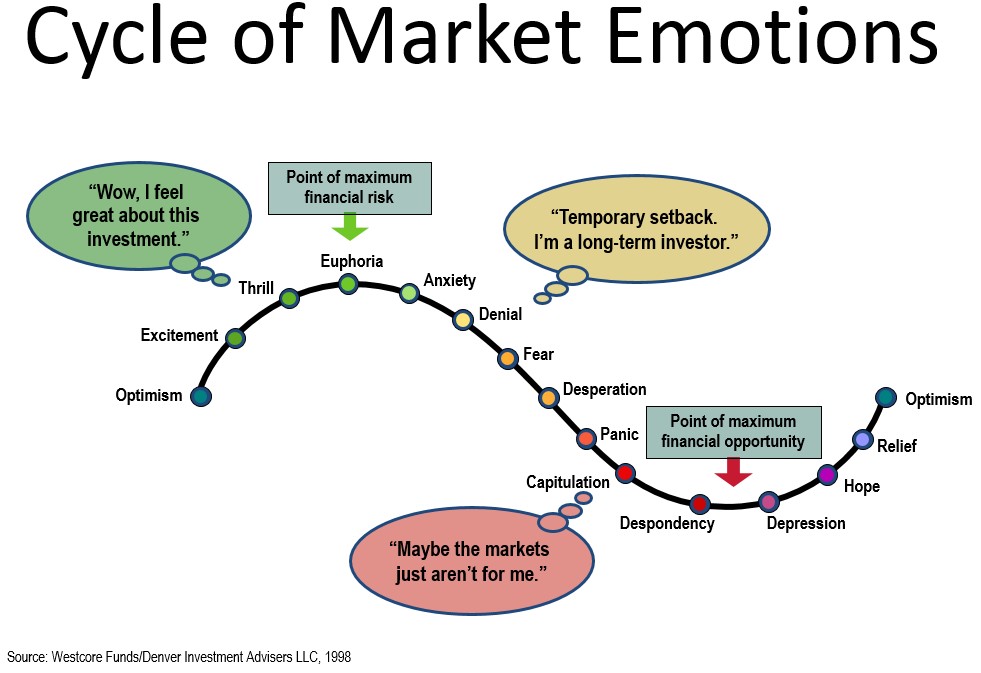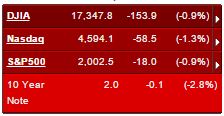Written by Karen Folk, CFP®, Ph.D., Founder & Advisor Emeritus of Bluestem Financial Advisors
Overview
Both my husband and I have been loyal clients of TIAA (formerly TIAA-CREF) for over thirty years. Throughout our academic careers, we chose TIAA over several possible providers. We were attracted to their low cost mutual funds and long nonprofit heritage of service to teachers. Founded in 1918 as the Teachers Insurance & Annuity Company to help teachers retire comfortably, they have become a leading retirement plan provider for academic, research, medical, cultural and government employees.
Recently, as an account holder, I have grown concerned by TIAA’s behavior towards us as consumers. We have noticed increasing encouragement by TIAA representatives to consolidate and rollover other retirement assets to their platform. We were notified in 2015 that TIAA had appointed a full-time representative locally. We were subsequently contacted on multiple occasions asking us to meet with this representative. After researching this individual on LinkedIn, I noted his past experience included sales roles with other large brokerage firms, but listed no Financial Planning credentials beyond the minimum required licenses.
A recent New York Times article “The Finger-Pointing at the Finance Firm TIAA” (October 21, 2017, Gretchen Morgenson), revealed some rather dramatic changes in TIAA that have led to whistleblower complaints to regulatory agencies as well as a lawsuit. The whistle-blower complaint filed with the Securities and Exchange Commission, obtained by The Times, “was filed by former TIAA employees who contend they were pressured to sell products that generated more revenue for the firm but were more costly to clients while adding little value”. This was followed by the NY Times article “TIAA Receives New York Subpoena on Sales Practices” (Nov 9, 2017). The NY state attorney general has subpoenaed records from TIAA to investigate possible regulatory infractions.
Both articles increased my concerns about whether the changes I noticed at TIAA are contrary to their long tradition of unbiased advice at low cost. As we investigated further, my husband was surprised to learn that parts of TIAA stopped being a nonprofit in 1997 – he, and I am sure many other TIAA clients, was not aware that much of TIAA is now a for-profit enterprise.
The NY Times October 21st article explains that, in 2005, TIAA established the Wealth Management Group. This group offers investment management services for a fee, a fee which is in addition to the underlying administrative and investment fees charged by TIAA funds. The lawsuit and whistleblower complaints claim that TIAA’s Wealth Management Group, now called “Individual Advisory Services”, is pushing customers into higher-cost products that generate higher fees. Given that TIAA continues to highlight its nonprofit heritage and its salaried employees, my concern is that TIAA clients are not aware of this conflict of interest.
Based on my own experience, experiences reported to us by clients, and the NY Times articles, we did some additional research we thought worth sharing.
Our ADV Takeaways
We started by reading TIAA’s Form ADV, Part 2A, of the TIAA Advice & Planning Services’ (“APS”) Portfolio Advisor Wrap Fee Disclosure Brochure. The ADV is a public disclosure document required by the Securities and Exchange Commission (SEC) of all professional investment advisors. The Form ADV discusses investment strategy, fee arrangements and service offerings. In my opinion, the relevant items are:
Compensation arrangements. In the “Advisor Compensation” portion of the ADV, TIAA states several times that “The compensation does not differ based on the underlying investments chosen within the solution, nor does the Advisor receive any client commissions or product fees.” While true, these “salaried” advisors do in fact earn “credits” towards their annual variable bonuses based on a number of factors. The ADV states clearly, “the annual variable bonus gives Advisors a financial incentive to enroll and retain client assets in the program” (i.e. a managed fee account, more complex solutions, or other TIAA products such as life insurance). The ADV states again that “Advisors have an incentive to and are compensated for enrolling and retaining client assets in TIAA accounts, products and services, but do not receive any client commissions or product fees.” Advisors are also compensated for “gathering, retaining, and consolidating” any new TIAA client accounts that they persuade clients to transfer to TIAA from other brokers (e.g. Morgan Stanley, Fidelity, Merrill Lynch, etc.).
My Concerns about TIAA Financial Advisor Compensation
In addition to the base salary received by all advisors, TIAA provides additional compensation in the form of variable annual bonuses to individual advisors. These bonuses are determined not only as a percentage of the amount of assets under management advisors accumulate, but also by the amount of wealth advisors are able to transfer from existing funds into their TIAA managed brokerage accounts. This means, that, while advisors receive a base salary (“no client commissions or product fees”), the bonus structure heavily influences advisors to move client assets to new managed accounts with added management fees, and to sell complex solutions (i.e., TIAA annuities or TIAA insurance) to their clients. In my opinion, this adds a conflict of interest similar to that of conventional brokers who receive higher commissions for selling certain products or certain funds. Yet, TIAA continues to emphasize its “no client commissions or product fees” mantra.
My additional concern about TIAA is that their recent more aggressive sales tactics seek to funnel existing TIAA clients nearing retirement into much higher cost TIAA Advice & Planning Services Advisor managed accounts. Enrolling in these accounts could result in retirees unknowingly paying additional fees to the advisor on top of the mutual fund fees they now pay in their current TIAA accounts. Accepting a TIAA Advisor’s Advice & Planning Services proposal contract includes substantial additional fees which may not be apparent to a customer who does not mine the depths of the lengthy ADV, Part 2 disclosure document.
How much would an unsuspecting TIAA client who converted to a TIAA Advisor wrap fee account pay annually? The TIAA fee schedule for Advisor & Planning services accounts is an asset-based program fee. (reproduced below from the Form ADV):
















